
WATCH China | Competition | Power Episode One: China’s Hybrid Economic Model
The world is finally waking up to the reality that the Chinese Communist Party has created a unique economic system that prioritizes power over profit, and that for the past decades, the West has fallen behind because Beijing has been playing by its own rules. Watch this panel of experts discuss how this state of play evolved, what’s at stake, and where we can go from here.
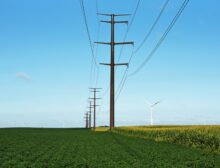
A Pony with Multiple Tricks: Why Transmission is America’s Energy Security Secret Advantage
America is amidst an energy revolution, and we have a once-in-a-generation opportunity to control our destiny and realize an energy independent economy. One piece of overlooked infrastructure holds the key: high-voltage electric transmission.

Watch: Untangling the U.S. Government’s Many Critical Minerals and Materials Lists
Watch the SAFE Center for Critical Minerals Strategy's recent webinar which convened experts from the Department of the Interior, Energy, and Defense for a webinar examining the U.S. government’s many critical minerals and materials lists to get clarity about how various departments determine what gets included on these lists and how the different methodologies may change in the future.

One Year Later, The IRA Is Working
The Inflation Reduction Act, signed into law by President Biden on August 16, 2022, was the most significant signal of support for the transition to electric vehicles by the federal government. It serves as a critical part of the effort to achieve the Biden Administration’s goal that 50 percent of all new vehicles sold in 2030 are electric—an essential step toward reducing the United States’ dependence on oil.

Deep-Sea Mining: State of Play
Lying on the abyssal plains of oceans at depths of 3,500-6,000 meters, polymetallic nodules contain essential minerals used in the electric vehicle batteries fueling the energy transition. Enriched in manganese, nickel, copper, and cobalt, nodule fields of interest have been identified in the Clarion-Clipperton Zone (CCZ), Penrhyn Basin, and Peru Basin of the Pacific Ocean as well as in the north Indian Ocean. Reserves of certain critical minerals found in the CCZ alone have been estimated to surpass global terrestrial reserves.

Aluminum is Essential To The Green Transition
Aluminum is one of the foundational industrial materials of modern society, integral to everything from passenger airplanes to kitchen appliances. Recent U.S. legislative incentives – lead by the Inflation Reduction Act (IRA) – to produce more solar panels, EVs, electrical charging infrastructure, and other clean energy transition products will increase the demand for primary aluminum only further.

Illinois Can Help Lead the Transportation Revolution
A transportation revolution is underway around the globe. The most significant shift in how people move from point A to point B since the transition from horse and buggy to Model T is beginning in earnest, bringing significant opportunities for Illinois and the Midwest.

Critical Minerals, Critical Constraints
The Theory of Constraints was developed in 1984 by Dr. Eliyahu Goldratt, an Israeli business management consultant. Goldratt’s key insight was that every process has at any time one key constraint that limits production flow. Once the constraint is identified and resolved (through a combination of quick fix and more structural improvements), the next constraint becomes apparent and can be similarly attacked. The Theory of Constraints (ToC) has since become a powerful management tool frequently used in supply chain and manufacturing. ToC can also provide insight into the policy maker actions required to hit aggressive regulatory and production targets for EV sales.
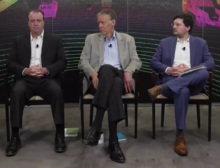
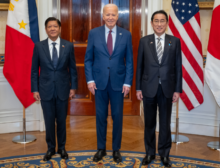

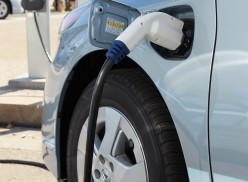


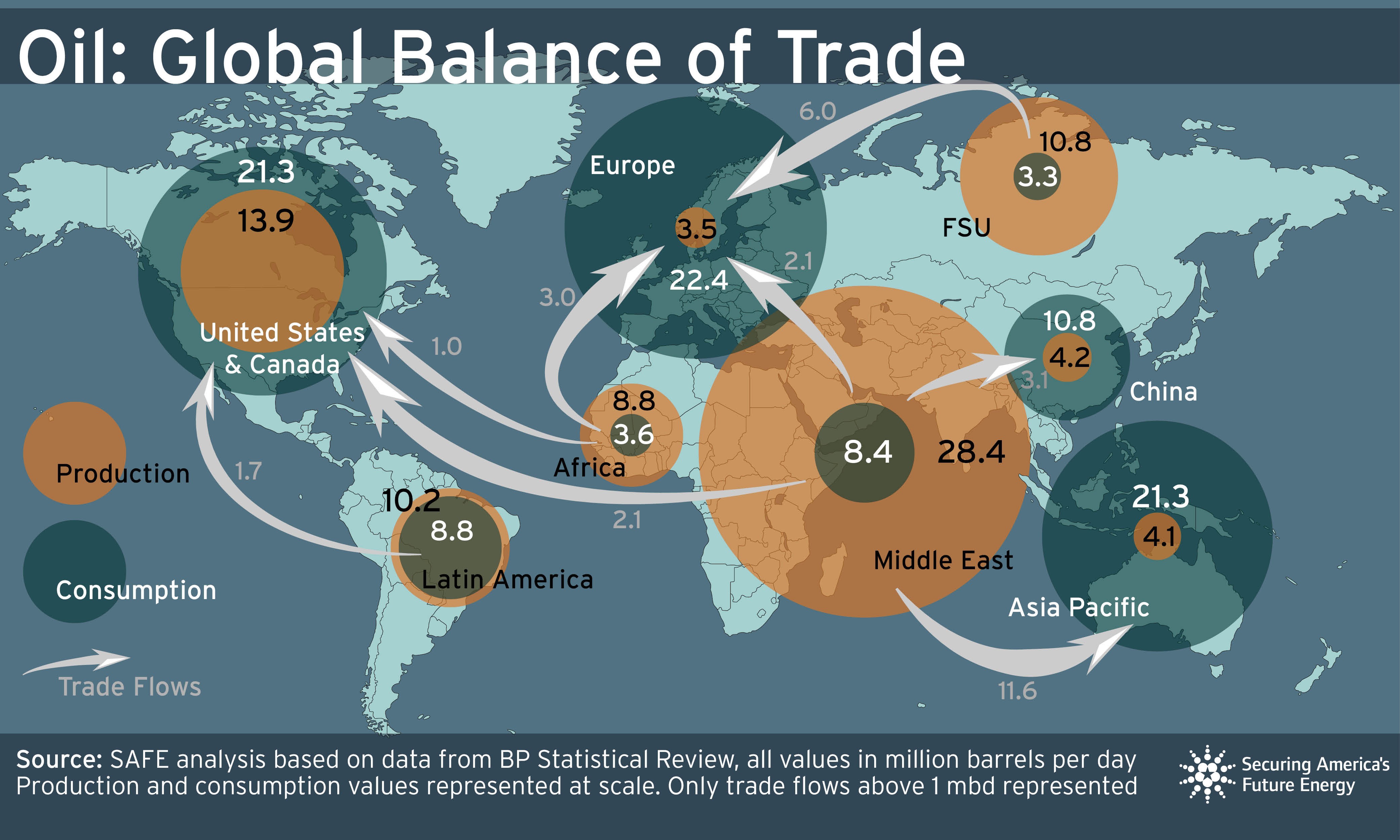
Subscribe